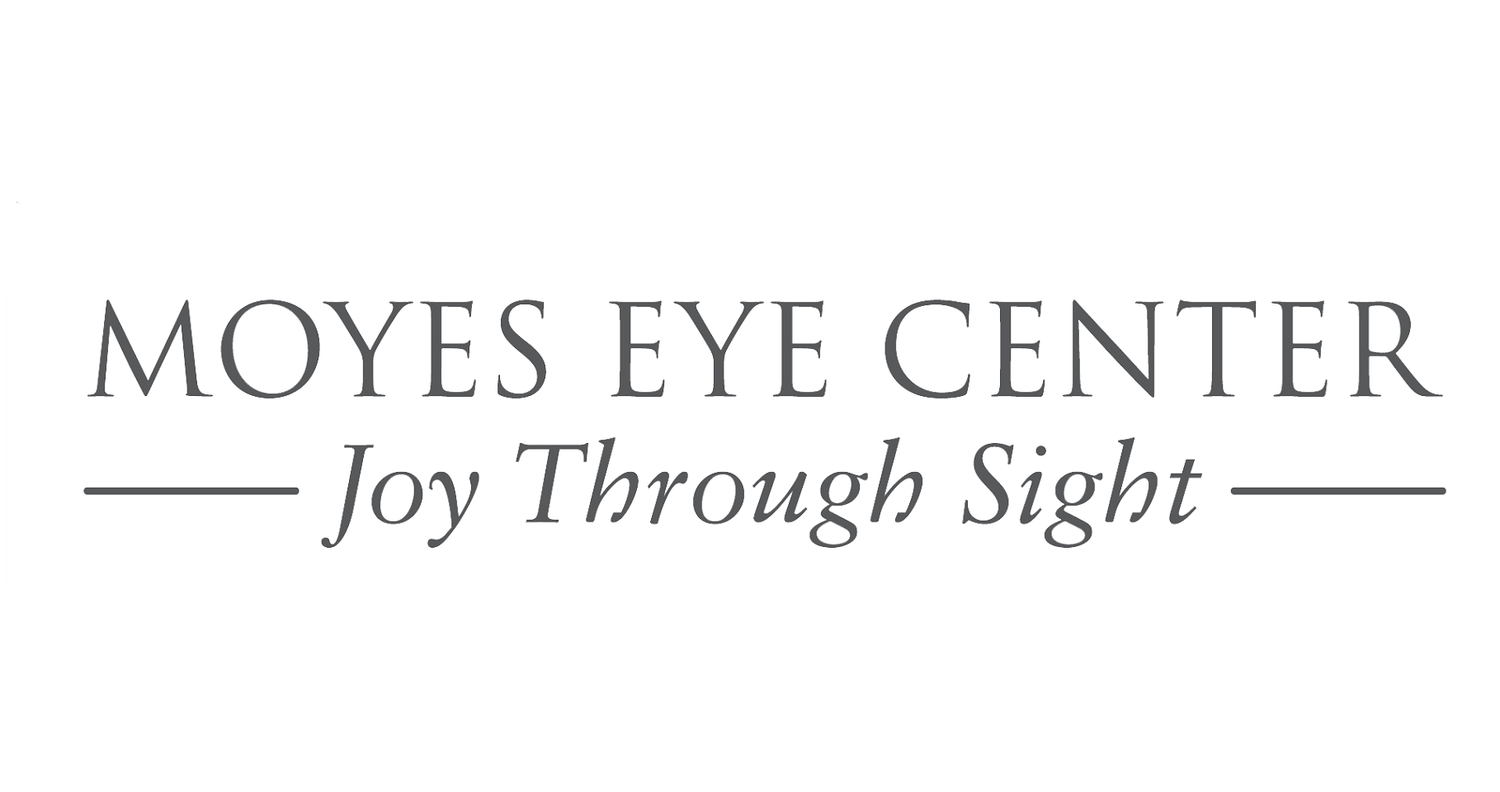Skin Cancer and Other Lesions
There are a number of different tissue types that exist on the eyelids and face, and abnormal growths may arise from any of these tissues. The most important goal of evaluating any lesion is to determine whether or not the lesion is suspicious (if it could be malignant or cancerous). Trying to determine if a lesion is suspicious or not requires a discussion about the history of the lesion, as well as thorough clinical examination including measurement and photos.
If there is a low suspicion of malignancy and if the lesion is not bothersome to a patient, then for many patients, continued monitoring of the lesion is a very reasonable approach to take. If the lesion is troubling a patient or is suspicious or concerning, then an incisional (taking a small piece) or excisional (removing the whole lesion) biopsy is necessary. In almost all cases, lesions that are removed are sent to a laboratory in an effort to determine a specific diagnosis and determine any signs of cancer. One really does not know if a lesion is benign (non-cancer) or malignant (cancer) until it has been examined by a pathologist, a physician specializing in microscopic evaluation and diagnosis of diseased tissues.
Under most circumstance, a biopsy can be performed on the same day of the initial evaluation in a clinical setting. The biopsy requires numbing with a local anesthetic injection, and the procedure is usually done in just a few minutes. Sometimes stitches are necessary to help close the biopsy site. It may take a week or more to get the results of the biopsy, and these results will be communicated to the patient.
If the lesion is benign, a reevaluation of the biopsy area is usually recommended one to three months after the procedure. If the lesion is malignant, then further intervention is necessary. This further intervention typically requires additional removal of cancerous tissue, either by Dr. Chappell or more commonly in cooperation with a Mohs surgeon (a dermatologist specially trained in removal of skin cancers). The goal is for the cancer to be removed in its entirety (by the Mohs surgeon) and then for the tissues to be reconstructed by Dr. Chappell in a way to make the eyelids and facial structures function as normally as possible. The reconstruction typically requires an outpatient surgical procedure, and every effort is made to schedule the excision (with the Mohs surgeon) and the reconstructive surgery on the same day. A good cosmetic result is always an added bonus, but this goal comes secondary to the proper function and protective nature of the eyelids and facial structures.
Health insurance will typically pay for removal or biopsy of lesions if they are suspicious, growing, irritated, or blocking the vision. If a lesion is not suspicious, but it is just bothersome to a patient because of its presence or appearance, then a patient is typically charged a fee for the lesion removal.
